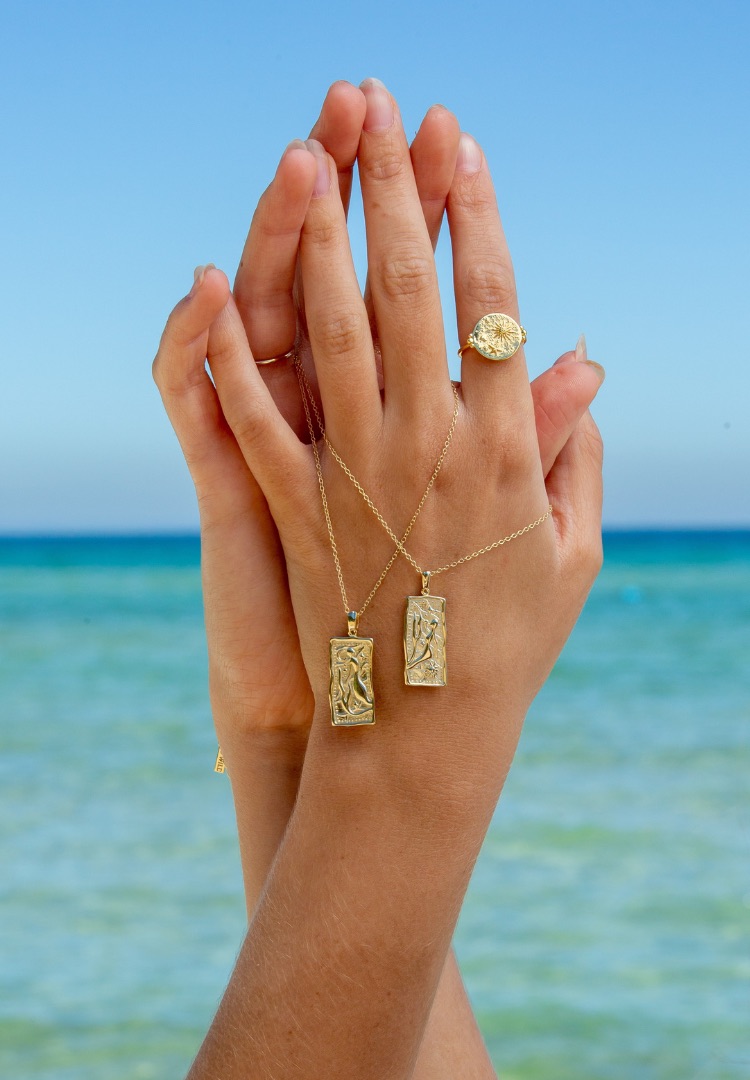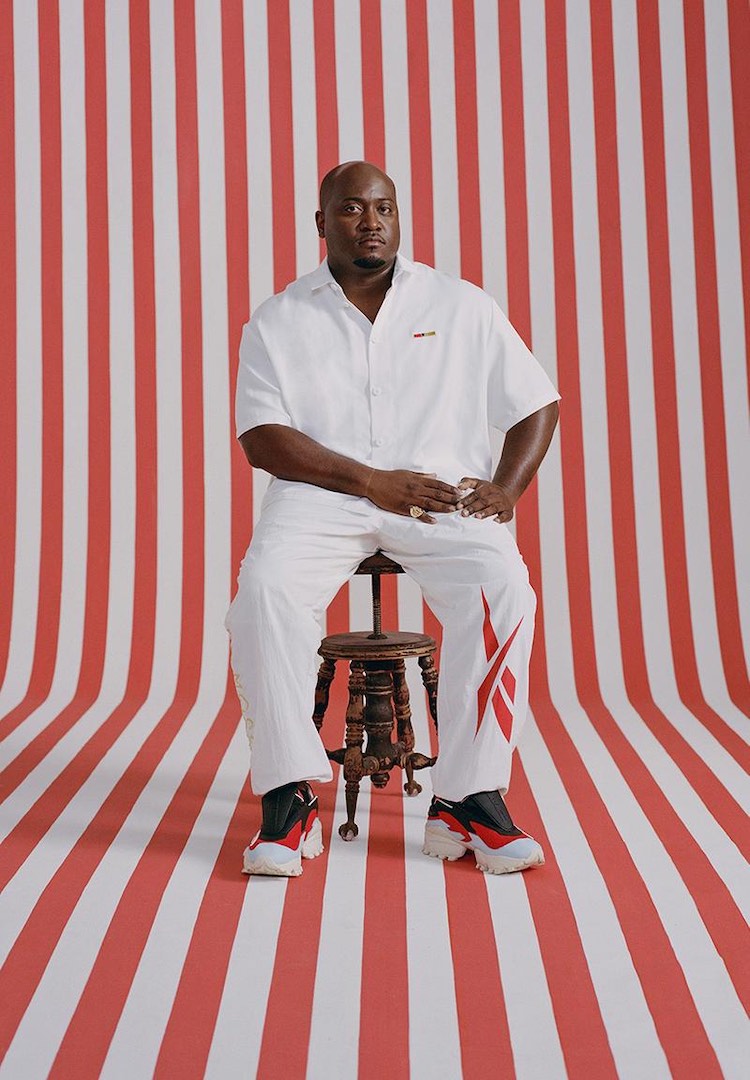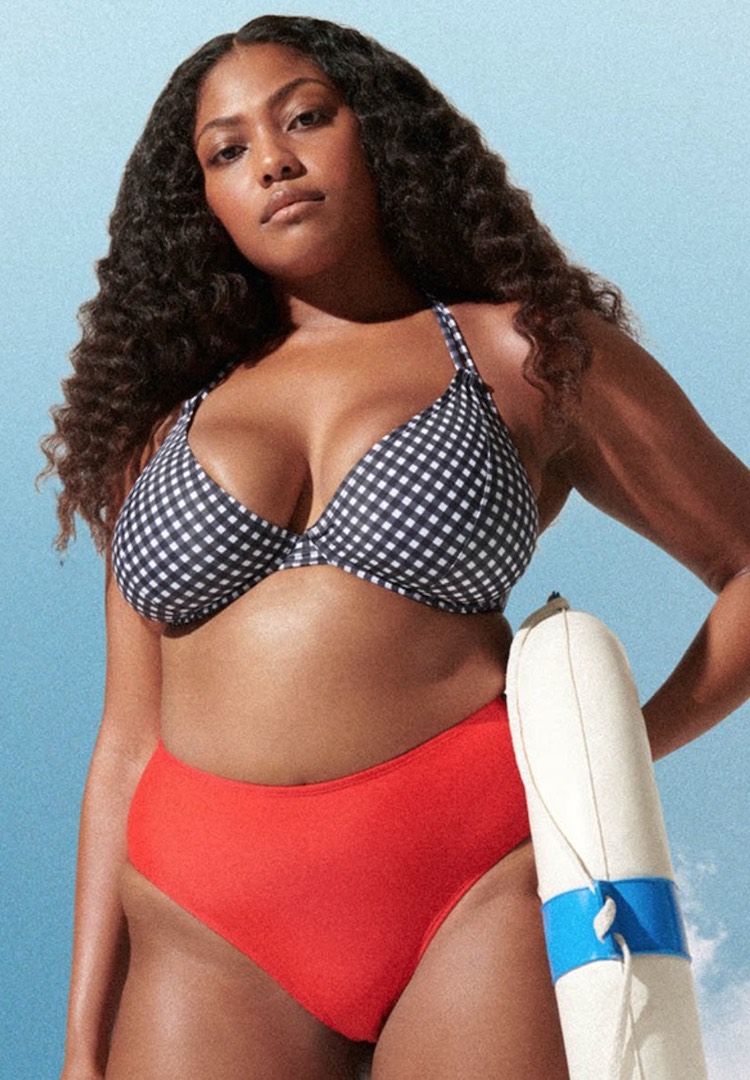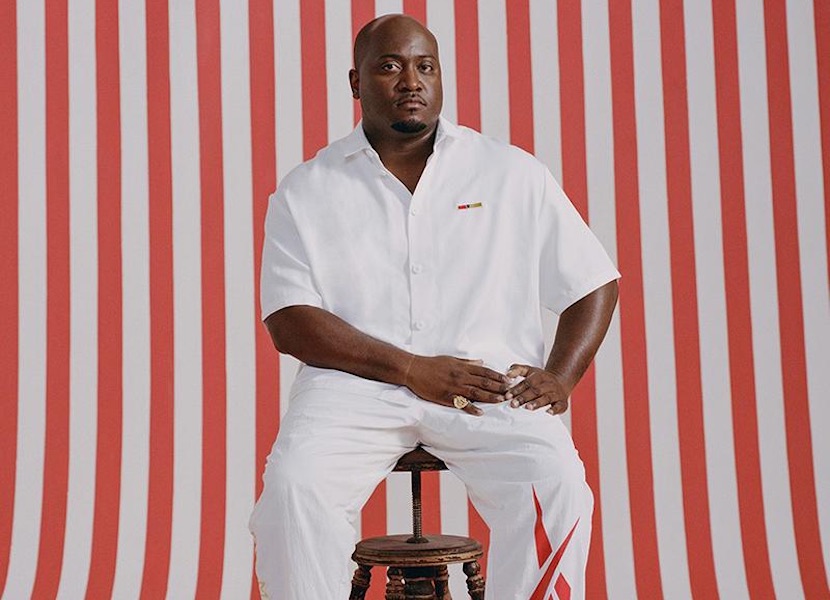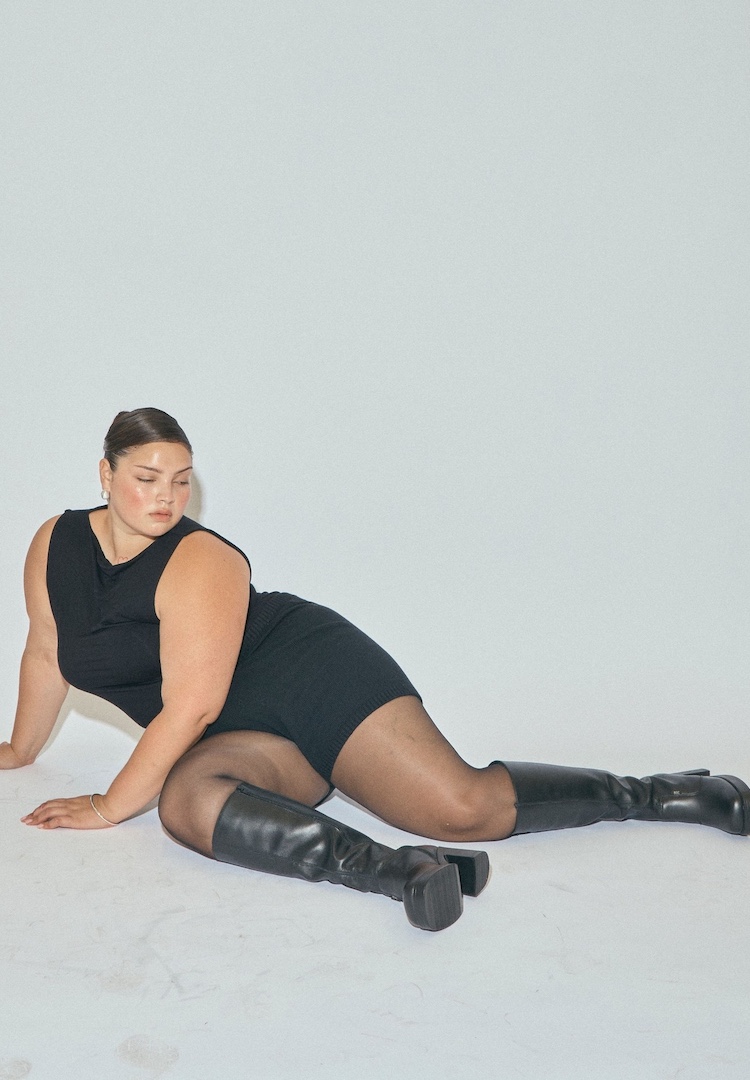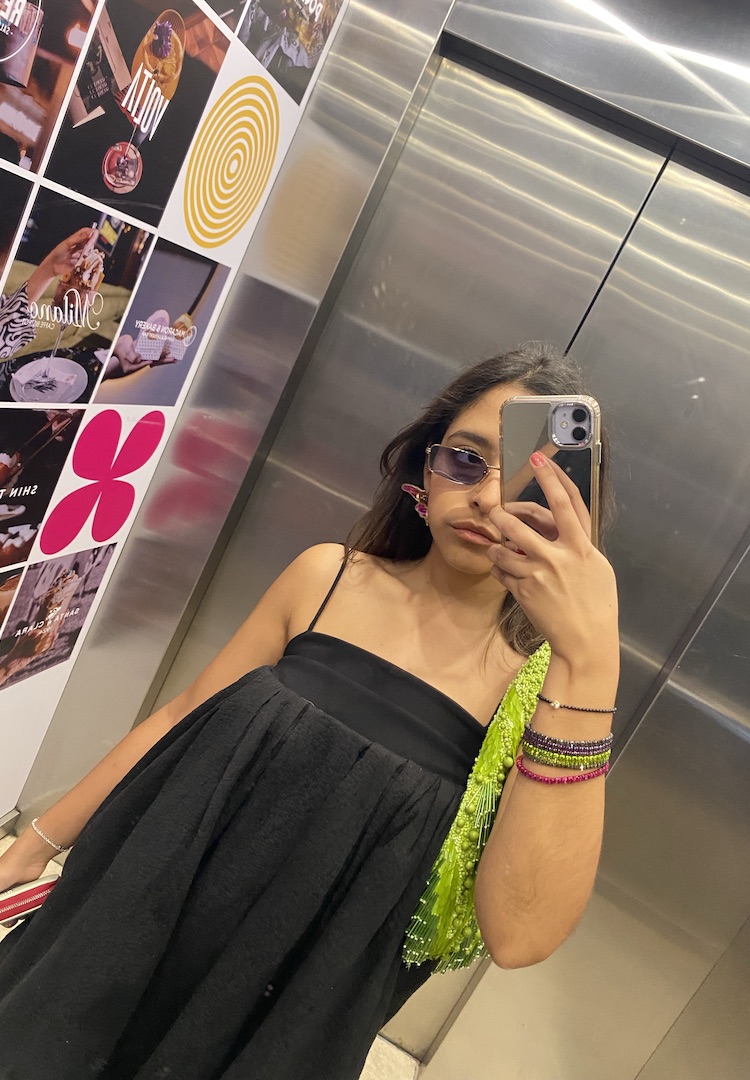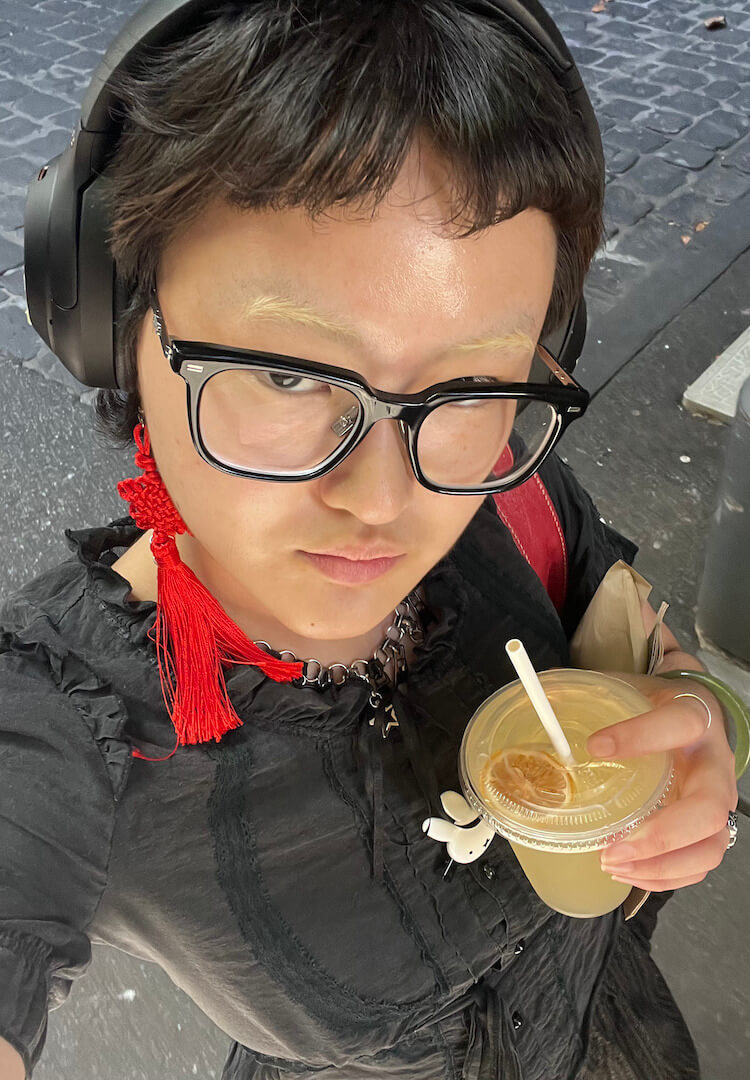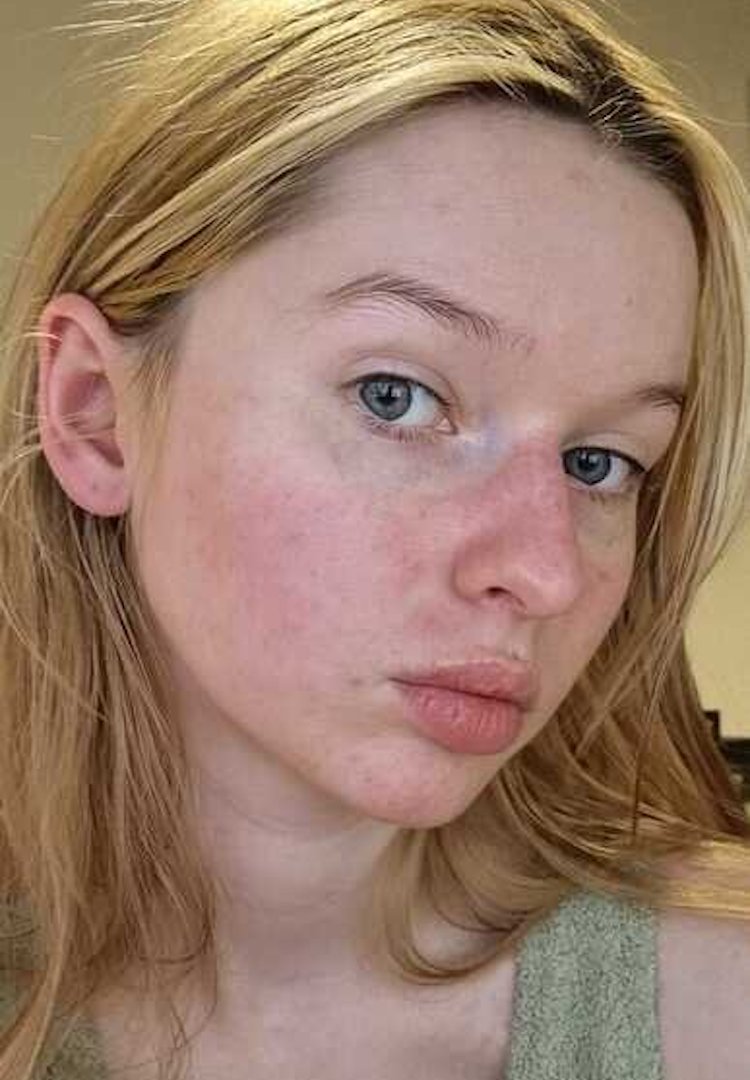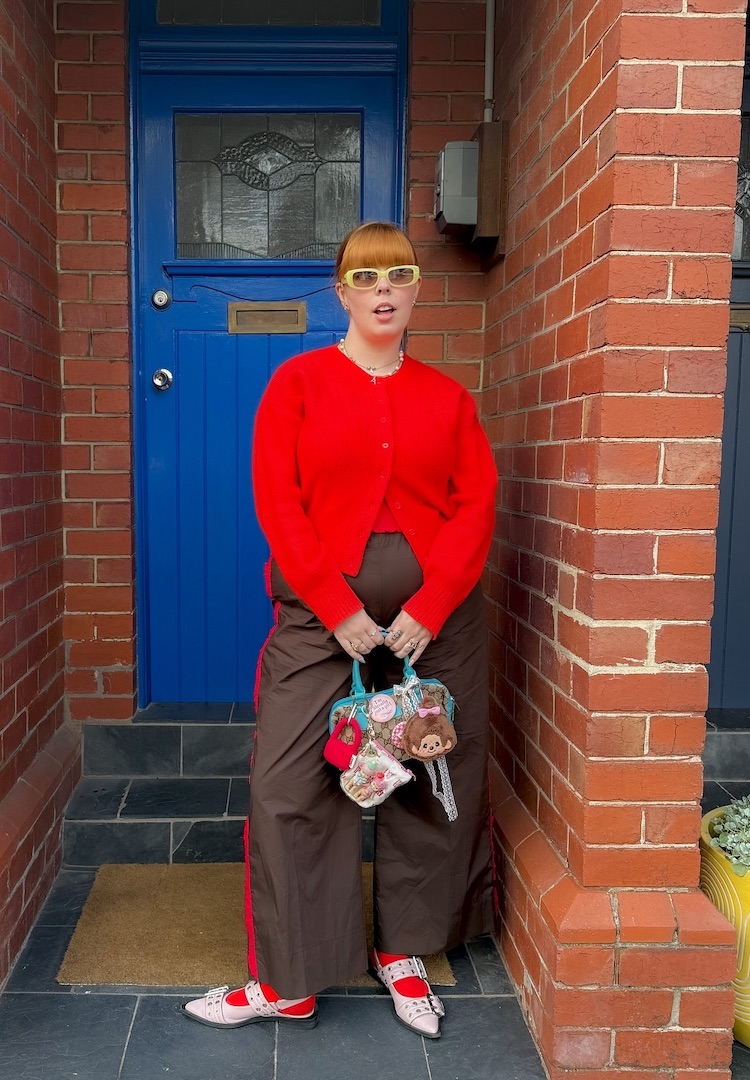Where are all the male plus-size models?
IMAGE VIA PYER MOSS
WORDS BY ISABELLE SACKS
Because representation matters.
Male models have historically existed in an extremely narrow spectrum between waifish adolescent-adjacent Timotheé Chalamet lookalikes and impossibly chiselled Greek Gods. My question here: Where are all my dad bods? Where are my short kings? Where are my himbos with thighs the size of tree trunks? Where are all the plus-size male models?
- There is very little body diversity in male fashion, and this can have a devastating impact on men’s self-esteem
- Zach Miko became the world’s first plus-size male model in 2016, after he signed with Target
- Modelling agencies have reported an increased interest in plus-size male models from popular brands like ASOS
I was so genuinely curious about why I almost never see plus-size male models that I went looking for them. The success stories were few and far between. I found a handful of pieces celebrating Target’s ‘first-ever’ use of a plus-size male model back in 2015, Savage x Fenty breaking boundaries as usual with male size diversity on its runways, and the lone plus-size male model at the whole of 2020 New York Fashion Week.
Looking for some similarly thought-provoking reads? Subscribe here and we’ll send them straight to your inbox.
IMG (the biggest modelling agency in the world) does have a handful of ‘brawny’ models signed, and there are a few big eCommerce sites that use ‘big and tall’ or plus-sized male models. I don’t want to diminish the accomplishments of the small crop of plus-size male models that are out there and killing it, but it was honestly pretty bleak.
As a curvier girl myself, I’ve been so excited in the past five or ten years to see our ideas of who can be a model totally expanded (although we do have a long way to go when it comes to plus-size fashion and body diversity). Models like Ashley Graham, Barbie Ferriera and Kate Wasley are household names, grace the cover of magazines, and can earn millions.
We are no longer in the era of fantasy, selling unrealistic expectations under layers of airbrushing and photoshop to move a product. On the one hand, I’m incredibly pleased to have any field, including fashion, be female-dominated. On the other, I don’t believe that the body positivity movement can truly be all-inclusive when men are so underrepresented.
Whilst being a fat cis man might be more commonly accepted in media than being a fat woman (a fat man can be in a film or television series without his body being an aspect of the plotline, but larger women in the media are usually either vilified or forced to recognise and joke about their own weight) that is not a reason to exclude them from the body positivity conversation.
Just as we shouldn’t skinny shame, excluding an entire gender from a supposedly all-inclusive size-focused movement is equally damaging. Beyond that, I think that the implicit messaging that tells bigger men that they shouldn’t, can’t, or don’t deserve to look and feel good in what they’re wearing is incredibly harmful and rooted in toxic masculinity.
While body image issues are most often associated with women, men fall prey to them almost as much – and not just regarding weight. Short men are more likely to develop depression and be suicidal than their loftier counterparts. A quarter of Australian men who fall inside a healthy weight range think they’re fat, a statistic mirrored by the quarter of young men who rated body image as one of their major concerns.
Fad diets, eating disorders, and steroid abuse are all on the rise and until we do something about an industry thriving on making men hate themselves, it’s only going to get worse. Representation is a key aspect of normalising people’s worldview and self-image, and by excluding men from the worlds of fashion and body positivity, we’re actively damaging the self-esteem and self-worth of plus-size men.
People in the fashion industry have always talked about models being ‘aspirational’ as a coded excuse for them not to cast gender diverse, size diverse, racially diverse or differently-abled people. This comes from the idea that models need to be the object of desire to sell the clothes (or the cologne, or the car, or whatever else they’re selling), and therefore need to be ‘conventionally attractive’. I think that’s total crap.
I’ve spent enough time on this earth to know that attractiveness is insanely subjective, and every sized man has a good cohort of people thirsting after him. More than that, as I’ve said before – we as consumers want to see the clothes on someone that looks like us more than we want to see them on someone whose job it is to work out.
Whether we realise it or not, the things that we see in the media can shape what we deem as beautiful or acceptable or right. All types of male bodies should be represented, just in the same way we want all types of women’s bodies to be. We need to see all types of people, all sizes, all genders, all colours, all abilities represented.
And selfishly, I also just need to see more fine-ass bigger men selling the hell out of flannel shirts. Surely that’s not just me?
If you’re struggling with body image issues, you can call the Butterfly National Helpline at 1800 33 4673 for free and confidential support, or email or chat to them online here.

